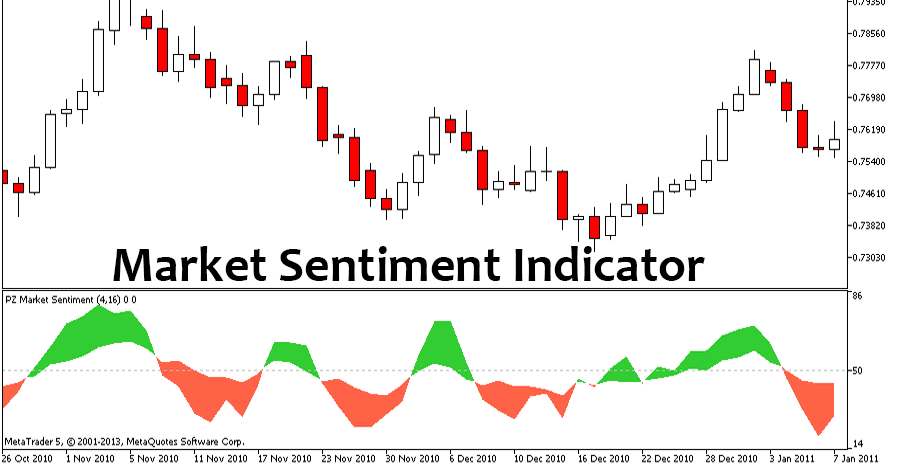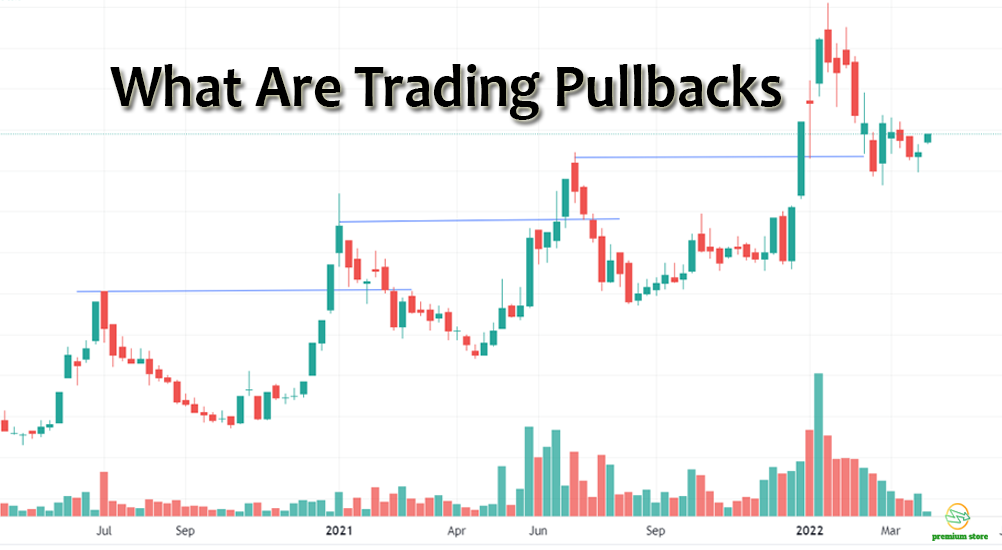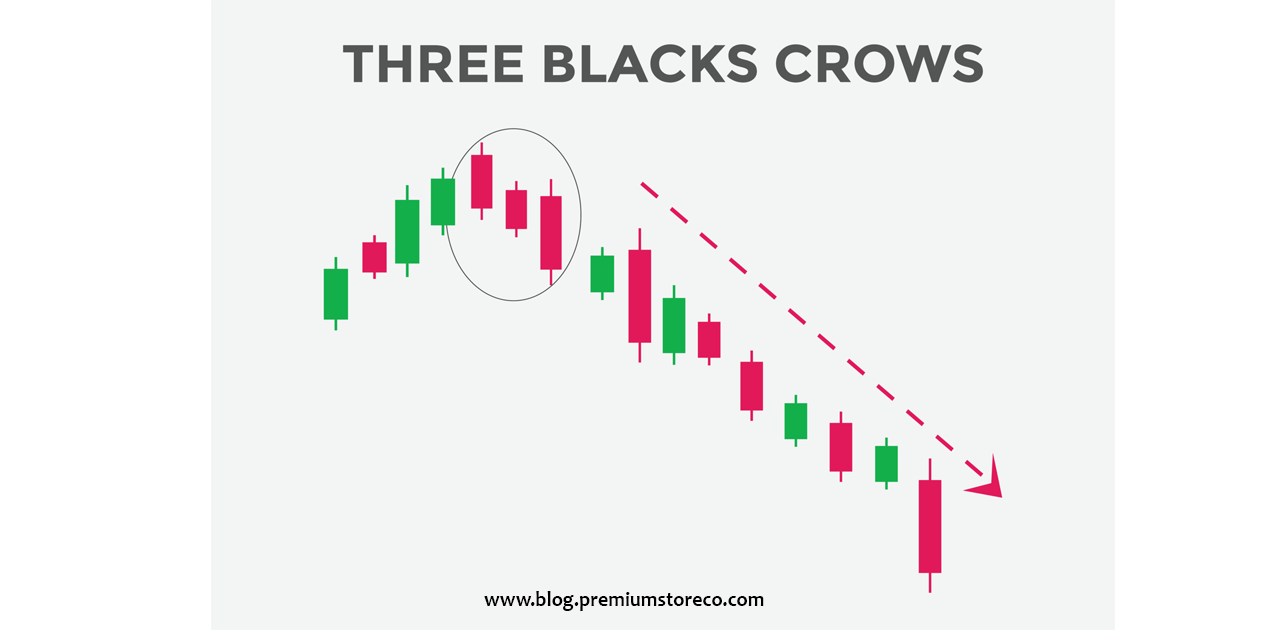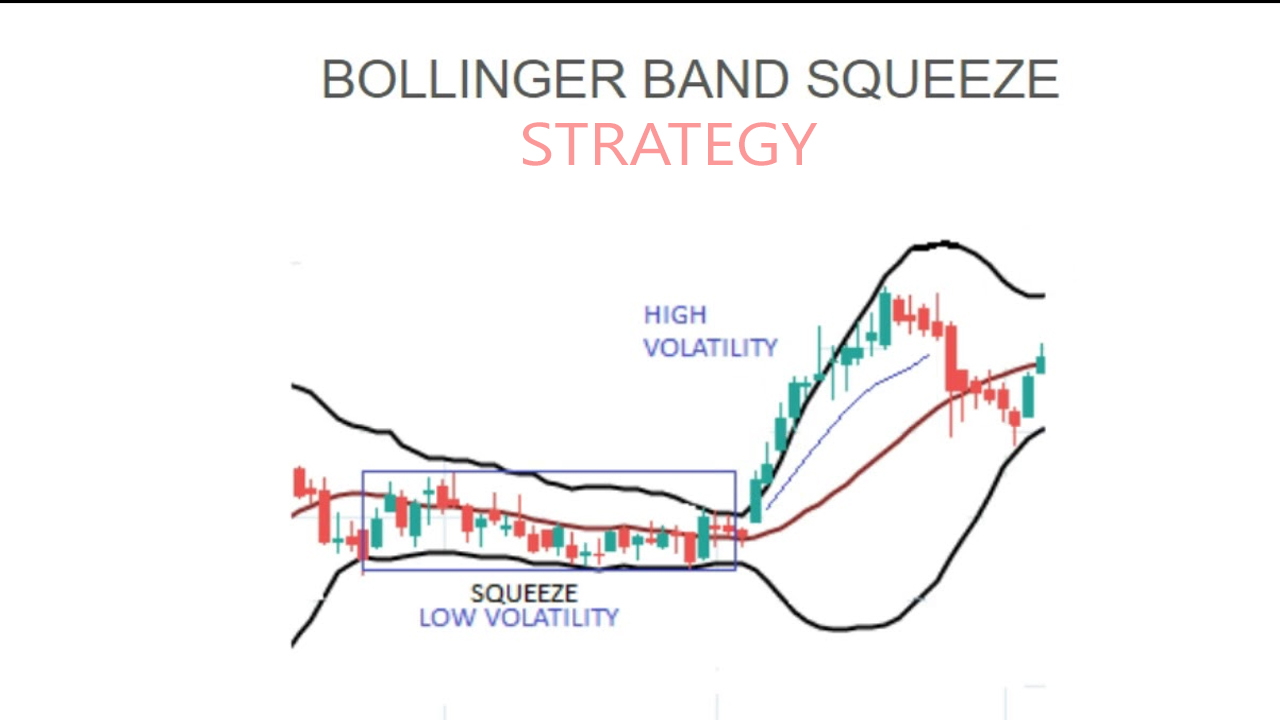The Bollinger bands are a technical analysis tool used to measure the volatility of a stock or other trading instrument. They consist of a variable width control band above and below a moving standard deviation band, also known as the signal band. The Bollinger band squeeze is an effective strategy used by market participants when bullish on a stock and anticipating further upside potential with limited downside risk.
The strategy involves buying equity shares when the stock price squeezes towards the lower end of the Bollinger band while simultaneously selling at the upper end when it extends outside the control band. This article will explore how to use this strategy in your trading portfolio, including example strategies and key considerations for implementation and performance optimization.
What is a Bollinger Band Squeeze Strategy?
A Bollinger band squeeze is a technical analysis strategy that combines price action with Bollinger bands to identify stocks that have been squeezed towards the lower Bollinger band, representing an oversold position that is ripe for a bounce.
The Bollinger band squeeze is a bullish strategy that uses a combination of price action and technical indicators to identify stocks that have been squeezed towards the lower Bollinger band and are ripe for a bounce. The Bollinger band squeeze is a strategy that uses a combination of price action and technical indicators to identify stocks that have been squeezed towards the lower Bollinger band and are therefore ripe for a rebound.
The Bollinger band squeeze occurs when a stock’s price is compressed between the upper and lower Bollinger bands and is considered to be an oversold position that is ripe for a bounce. The Bollinger band squeeze occurs when a stock’s price is compressed between the upper and lower Bollinger bands and is considered to be an oversold position that is ripe for a rebound.
How to trade a Bollinger Band Squeeze?
The Bollinger band squeeze strategy involves buying shares of equity when the stock price squeezes towards the lower end of the Bollinger band while simultaneously selling at the upper end when it extends outside of the control band.
Before you enter into a position, ensure there is a bullish outlook for the underlying equity by reviewing its fundamental data and recent trading activity. Ideally, select equities that have experienced a recent price increase, strong volume, and have strong relative strength and technical indicators.
The Bollinger band squeeze is ideal for stocks that have experienced a significant price correction and are near support levels where the stock price has been compressed towards the lower Bollinger band. The Bollinger band squeeze strategy involves buying shares of equity when the stock price squeezes towards the lower end of the Bollinger band while simultaneously selling at the upper end when it extends outside of the control band.
Key Points to Remember
The Bollinger band squeeze occurs when a stock’s price is compressed between the upper and lower Bollinger bands and is considered to be an oversold position that is ripe for a rebound. This strategy is especially useful during high volatility periods when the bands are wider and the price is more likely to "squeeze" towards the lower end of the bands.
The Bollinger band squeeze is an effective strategy used by market participants when bullish on a stock and anticipating further upside potential with limited downside risk. The strategy involves buying equity shares when the stock price squeezes towards the lower end of the Bollinger band while simultaneously selling at the upper end when it extends outside the control band.
Step 1: Find equities with strong fundamentals and a recent trend.
The Bollinger band squeeze strategy is particularly effective when used to trade stocks that have recently experienced a significant price correction and are near support levels where the stock price has been compressed towards the lower Bollinger band.
Strong fundamentals and a recent price trend are essential for Bollinger band squeeze trading, as these characteristics help determine a stock’s future price action and potential to bounce from the lower Bollinger band. Strong fundamentals include strong earnings growth, a positive outlook for the company’s industry, and an expanding profit margin.
Bollinger bands are a technical analysis tool used to measure the volatility of a stock or other trading instrument. They consist of a variable width control band above and below a moving standard deviation band, also known as the signal band.
The Bollinger band squeeze strategy is particularly effective when used to trade stocks that have recently experienced a significant price correction and are near support levels where the stock price has been compressed towards the lower Bollinger band.
Step 2: Find the upper and lower Bands for each stock.
Identify the Bollinger bands for each stock and find the upper and lower control bands (2 standard deviations above and below the moving average). A moving average is a trend-following or lagging indicator that helps smooth out the price action of stock and identify trend directions.
The 2 standard deviations above and below the moving average represent the upper and lower Bollinger bands. When the stock price squeezes towards the lower band, it is an indication that the stock has been oversold and is ripe for a rebound. Conversely, when the stock price extends outside of the upper band, it is an indication that the stock has been overbought and is ripe for a correction.
Step 3: Join the Bands together for each stock.
Join the upper and lower bands for each stock to create a band squeeze. A band squeeze happens when the stock price squeezes towards the lower band and is an indication that the stock has been oversold and is ripe for a rebound.
Conversely, when the stock price extends outside of the upper band, it is an indication that the stock has been overbought and is ripe for a correction. This strategy is most effective when the bands are wider and the price is more likely to "squeeze" towards the lower end of the bands.
Step 4: Buy when the price moves towards the lower band, and sell when it moves towards the upper band.
Bollinger bands are a technical analysis tool used to measure the volatility of a stock or other trading instrument. They consist of a variable width control band above and below a moving standard deviation band, also known as the signal band.
The Bollinger band squeeze strategy is an effective strategy used by traders when bullish on a stock and anticipating further upside potential with limited downside risk. The strategy involves buying equity shares when the stock price squeezes towards the lower end of the Bollinger band while simultaneously selling at the upper end when it extends outside the control band.
The Bollinger band squeeze occurs when a stock’s price is compressed between the upper and lower Bollinger bands and is considered to be an oversold position that is ripe for a bounce. The Bollinger band squeeze occurs when a stock’s price is compressed between the upper and lower Bollinger bands and is considered to be an oversold position that is ripe for a rebound.
The Bollinger band squeeze strategy is an effective strategy used by traders when bullish on a stock and anticipating further upside potential with limited downside risk.
Conclusion
The Bollinger band squeeze strategy is an effective strategy used by traders when bullish on a stock and anticipating further upside potential with limited downside risk.
The strategy involves buying equity shares when the stock price squeezes towards the lower end of the Bollinger band while simultaneously selling at the upper end when it extends outside the control band.
Strong fundamentals and a recent price trend are essential for Bollinger band squeeze trading, as these characteristics help determine a stock’s future price action and potential to bounce from the lower Bollinger band. Additionally, the bands are more likely to "squeeze" towards the lower end when volatility is high and the bands are wider.
GENERAL RISK WARNING
NOTE: This article is not investment advice for anyone because online trading could be a high risk for all who lack knowledge & experience. 86% of traders lose money in financial markets. we are not your financial advisors who guarantee your profit at all.










